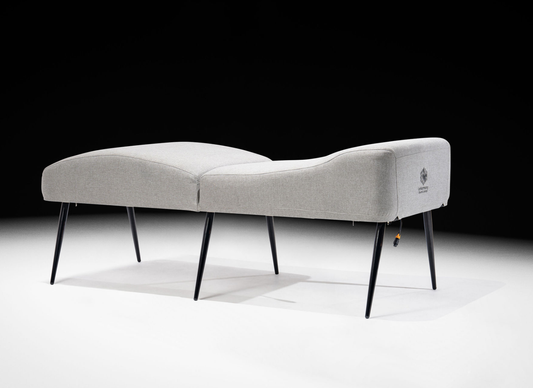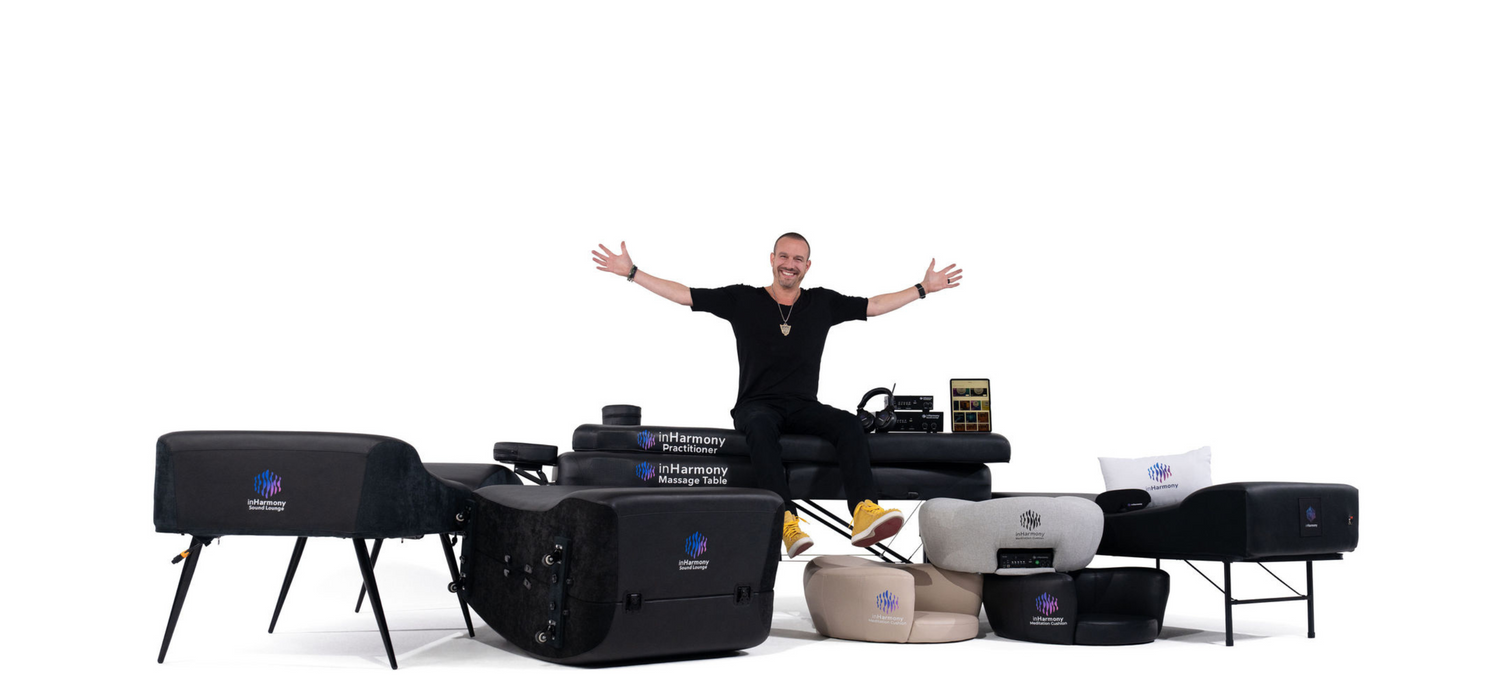Our lives are filled with constant stimuli from smartphones, social media, work pressures, and daily responsibilities. This sensory overload can lead to stress, anxiety, and a sense of being constantly on edge. Overstimulation occurs when our senses are bombarded with more information than they can handle. This can lead to feelings of overwhelm and exhaustion.
Common symptoms of overstimulation include:
-
- Anxiety: Constant exposure to information and stimuli can trigger anxiety and make it difficult to relax.
-
- Difficulty Concentrating: Overstimulation can hinder our ability to focus and concentrate on tasks, impacting productivity and overall well-being.
-
- Sleep Problems: Restlessness caused by overstimulation can interfere with our sleep patterns, leading to sleep disorders and chronic fatigue.
-
- Increased Stress Levels: High levels of sensory input can increase stress, which can have a detrimental effect on both mental and physical health.
Enhancing Your Routine with inHarmony Products
Incorporating inHarmony products into your daily routine can significantly enhance your ability to manage sensory overload. The advanced technology in these products supports mindfulness and relaxation practices, helping you to create a comprehensive approach to wellness. The inHarmony Music Meditation App complements these products by offering a variety of meditation tracks designed to promote relaxation and mental clarity.While it may be impossible to completely escape the overstimulated world we live in, there are many effective strategies to help manage it:
- - Digital Detox: Consider taking regular breaks from screens and digital devices. This can include designated "tech-free" times in your day or even a digital detox weekend.
- - Mindfulness Meditation: Engaging in mindfulness meditation practices can help you become more aware of the present moment and reduce the impact of external stimuli. Mindfulness helps in grounding your thoughts and calming your mind, allowing you to handle sensory overload more effectively.
- - Create a Calm Space: Designate a serene and clutter-free area in your home where you can retreat to when you need a break from overstimulation.
- - Prioritize Self-Care: Make self-care a priority by incorporating activities like reading, yoga, or spending time in nature into your routine. These activities provide a break from constant stress and allows your mind and body to rejuvenate.
- - Set Boundaries: Learn to say no to additional commitments and establish boundaries that protect your personal time and energy. It’s important to recognize your limits and not overextend yourself. Setting boundaries ensures that you have sufficient time to recharge and focus on activities that bring you peace.
- - Practice Deep Breathing: Simple deep breathing exercises can be a quick and effective way to calm your nervous system and reduce stress. Practice deep breathing by inhaling slowly through your nose, holding the breath for a few seconds, and exhaling slowly through your mouth. Repeat this process several times to help center yourself.
- - Meditate with inHarmony: Take your meditation practice a step further with the inHarmony Sound Lounge 2, inHarmony Practitioner 2, inHarmony Massage Table, or the inHarmony Meditation Cushion. These products combine vibro-tactile stimulation and vibroacoustic technology to assist you in achieving a deeply relaxed state quickly and comfortably.
Enhancing Your Routine with inHarmony
Incorporating inHarmony products into your daily routine can significantly enhance your ability to manage sensory overload. The advanced technology in these products supports mindfulness and relaxation practices, helping you to create a comprehensive approach to wellness. The inHarmony Music Meditation App complements these products by offering a variety of meditation tracks designed to promote relaxation and mental clarity.
- Craig Goldberg, Co-Founder, inHarmony Interactive












